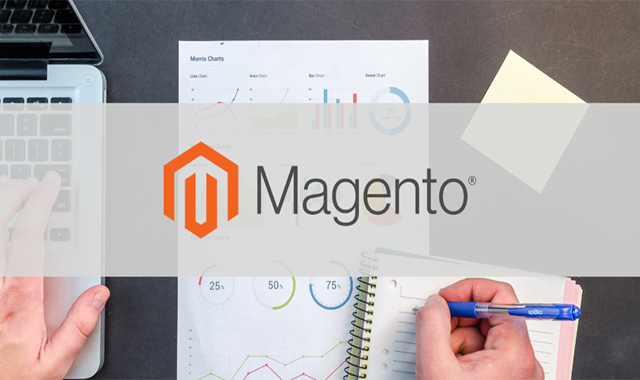
3 Reasons to Move Your Magento 1 Site to Shopify

As the owner of a Magento site you’re going to have to make a decision as to what move is best for you before support for Magento 1 ends in June of 2020. And this decision must be made relatively soon. Your migration to M2 or to Shopify will take time to be completed properly. You must be aware of your current needs and limitations. You also need to have an expectation as to where your business needs to be in the future in order to determine which platform can best meet your needs.
With all of that in mind, you may want to consider migrating your Magento 1 site to Shopify, rather than Magento 2, before the end of life support occurs for Magento 1 in June of 2020. In this blog, you’ll learn the 3 reasons why you may want to move your Magento 1 site to Shopify.
Mobile Optimization
Mobile optimization – Shopify has been optimized for mobile and allows your customers to experience a complete shopping experience directly from their device. As a Magento 1 user, you know that this is a feature that has not been utilized to its full potential under the current platform. The good news is that Magento 2 offers greater mobile capabilities, but Shopify’s mobile support is tried and tested and ready for your online store.
Ease of Use
If you would describe yourself as ’non technical’ then Magento can be a bit overwhelming. The open source platform comes with a learning curve for even some of the most basic of customizations and a much steeper learning curve for more involved customization. Meanwhile, Shopify’s platform is one that is much more of a ‘drag and drop’ interface, similar to what you would experience building a website in Squarespace or Wix. This user-friendly functionality makes it easier for you to build and customize your store if you lack programming experience. Shopify also features a robust App Store, where plugins can be purchased and installed with ease, extending the functionality of your site. Think the iTunes App Store but for eCommerce. If you’re currently limited with the amount of resources and man-hours you can dedicate to your eCommerce site, then a move to Shopify might be what’s best for you in the long run.
Customer Support
Magento boasts an extensive library of user guides and their Magento Forum is famous for hosting a large database of educational, user generated content. The guides are easy to find, are usually simple and very comprehensive. Whatever your problem is, there is no doubt that another Magento user has experienced this same issue and has created a how-to for solving it. But while these user-generated guides are readily available, there is one major piece of support that Magento is lacking and that is customer support. There isn’t a phone number to call or an email address to reach out to if you want the guidance of a trained professional. There’s something reassuring about knowing that there’s a trained person you can reach out to with intimate knowledge about your platform. That is something Magento isn’t able to offer. Alternatively, Spotify offers 24/7 phone support, live chat and email options for users experiencing problems. To get the Spotify level of support for your Magento eCommerce site you would need to enlist the services of a certified Magento developer (just like the certified pros right here at InteractOne).
Shopify’s features cater directly to smaller businesses with limited budgets and resources. While Magento 2 is better equipped to handle larger, more complex eCommerce sites. It really all depends on your needs, size and capabilities. To learn more about where your eCommerce site would be best served and how to unlock your digital potential call the team at InteractOne at 513-469-3345 or submit a form here for a consultation.
















